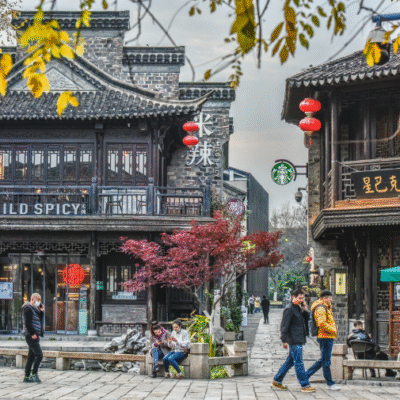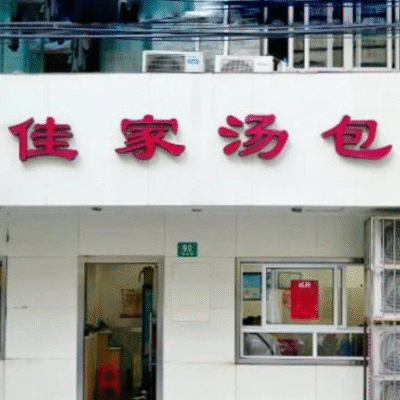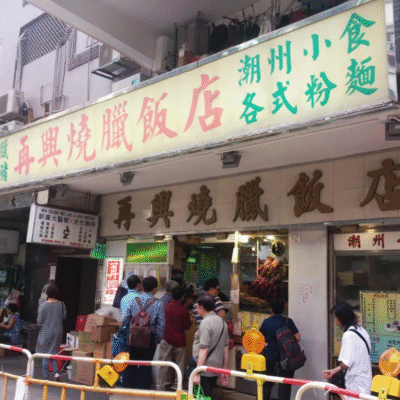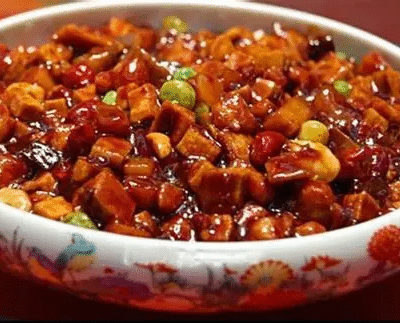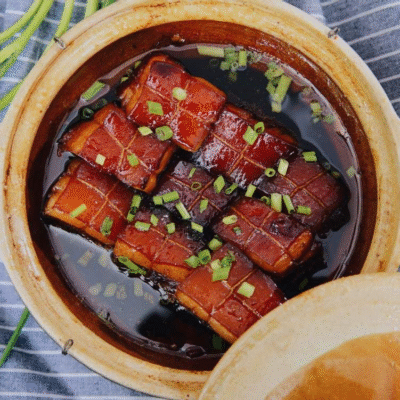Many people familiar with China have undoubtedly heard of Peking Duck, one of the country’s most renowned culinary specialties, which has even been served as a national banquet to honor foreign dignitaries. However, in contemporary times, Peking Duck has evolved from an everyday local dish into a relatively luxurious delicacy, making it inaccessible for daily consumption even among Beijing residents.
By contrast, if you have the opportunity to visit Shenzhen, you may consider trying Songgang Cured Duck, a distinctive local specialty. With its unique and rich flavor, it compares favorably to Peking Duck, yet remains reasonably priced and approachable, offering foreign visitors an excellent opportunity to savor an authentic taste of regional Chinese cuisine.
In My Eyes: The Taste of Songgang Cured Duck
Although Songgang in Shenzhen is not my hometown, several of my friends live there. Every time we gather for a meal, I take a bus to meet them, and without fail, they always order a plate of Songgang Cured Duck for me. They often joke, saying, “We know you love this kind of food.”
The skin of Songgang Cured Duck is as crisp and delicate as a thin wafer, releasing a gentle crackle with each bite. The duck meat is firm yet tender, striking a perfect balance between resilience and softness.
The rich aroma of the cured seasoning mingles harmoniously with the natural savoriness of the duck, lingering on the palate like the warm sunshine of Lingnan—subtle and mellow.
As the flavors slowly unfold in the mouth, they leave behind a lingering aftertaste that is both profound and unforgettable.
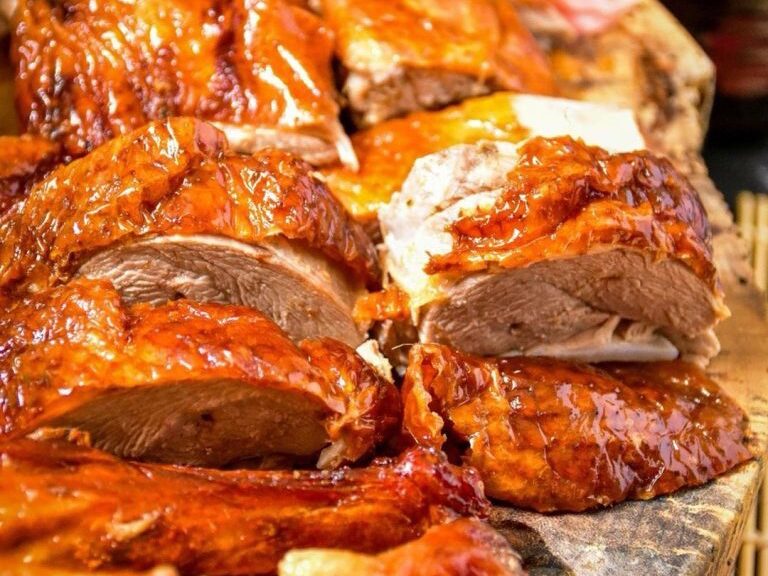
Now, let’s take a look at its history.
The History of Songgang Roast Duck
Songgang Roast Duck, a local specialty of Songgang Town in Bao’an District, Shenzhen, Guangdong, has a history that can be traced back to the Qing Dynasty. According to local legend, in the early days, the residents of Songgang lived simple lives, primarily engaged in farming and small-scale poultry raising.
Thanks to the abundance of waterfowl in the nearby wetlands, high-quality local ducks became a staple of the daily diet.
In order to preserve duck meat for longer periods, people developed various methods such as curing, air-drying, and smoking. Among these, roasting techniques stood out and gradually evolved into what is now known as Songgang Roast Duck—a dish with strong regional characteristics.
Unlike Peking Duck, which emphasizes crispy skin and tender, juicy meat, Songgang Roast Duck is renowned for its rich cured flavor and smoky aroma.
Through a unique process of marination, air-drying, and slow charcoal roasting, the duck meat retains its natural essence while exuding layers of savory and smoky fragrance.
Today, Songgang Roast Duck is not only a beloved everyday dish among locals but also a popular delicacy for visitors, appreciated for its distinctive taste and affordable price.
How Songgang Cured Duck Is Made
According to a local shop owner, Songgang Cured Duck is crafted through a traditional process that reflects the unique flavors and culinary techniques of the Lingnan region. The preparation involves multiple meticulous steps, including marination, air-drying, and slow charcoal roasting, with precise control of heat and timing to preserve the duck’s rich cured aroma and savory taste.
First, high-quality local ducks with tender meat and moderate fat are selected. The ducks are then marinated for several hours to overnight using a traditional blend of salt, sugar, soy sauce, Sichuan peppercorns, star anise, cinnamon, and other spices to ensure deep flavor infusion.
After marination, the ducks are air-dried naturally for one to two days in a cool, ventilated space, allowing the skin to dry slightly and internal moisture to reduce—an essential step for achieving crispy skin. Finally, the ducks are slowly roasted over an open charcoal fire, suspended inside a specially designed oven. During roasting, the ducks are continuously rotated to ensure even heating, resulting in a golden-brown, crispy skin and tender, juicy meat, with excess fat rendered out and a rich blend of cured and roasted aromas sealed in.
The finished Songgang Roast Duck features a shiny reddish color, crispy exterior, and firm yet tender meat, bursting with a deep cured fragrance and smoky flavor.
It combines the dry, savory notes of Southern-style preserved meats with the juicy, rich taste of roast duck, making it a uniquely memorable delicacy.
Why You Should Try Songgang Cured Duck
I recommend Songgang Cured Duck because its unique flavor is truly worth a try. As a food critic and travel enthusiast, I’ve tasted many famous duck dishes, including Peking Duck in Beijing and Salted Duck in Nanjing.
If you don’t have the chance to visit Beijing or Nanjing, Songgang Cured Duck is a great alternative — it’s just as delicious as those famous dishes, and it offers a distinctive taste of its own.
Are there any recommended stores?
This guide is based entirely on information collected from Chinese review platforms. I have no affiliation with any of the businesses mentioned, and there are no hidden interests — my goal is simply to share helpful and unbiased recommendations.
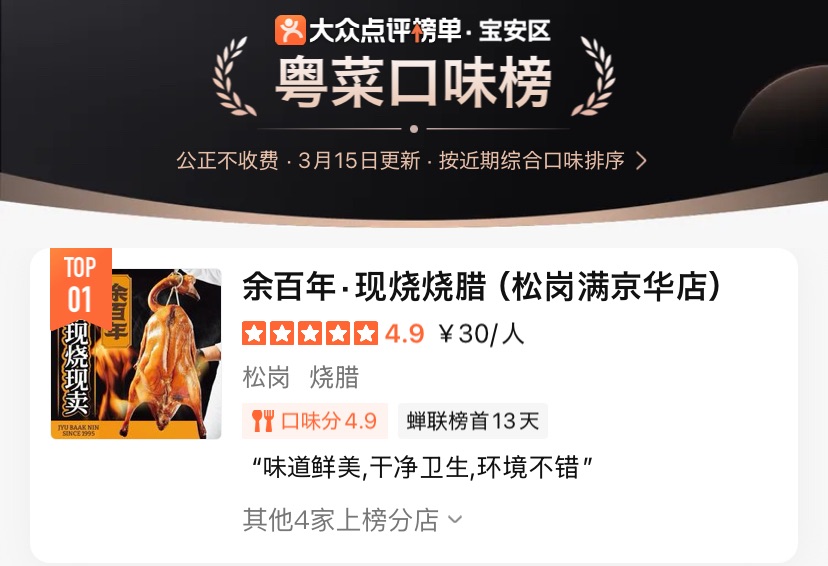
“余百年” is the top-rated restaurant in the Songgang area. It also sells the famous Songgang Cured Duck mentioned in this guide.
According to online reviews, the restaurant offers a fairly authentic and decent taste, making it worth a try.

According to Chinese netizens, this restaurant has received very positive feedback.
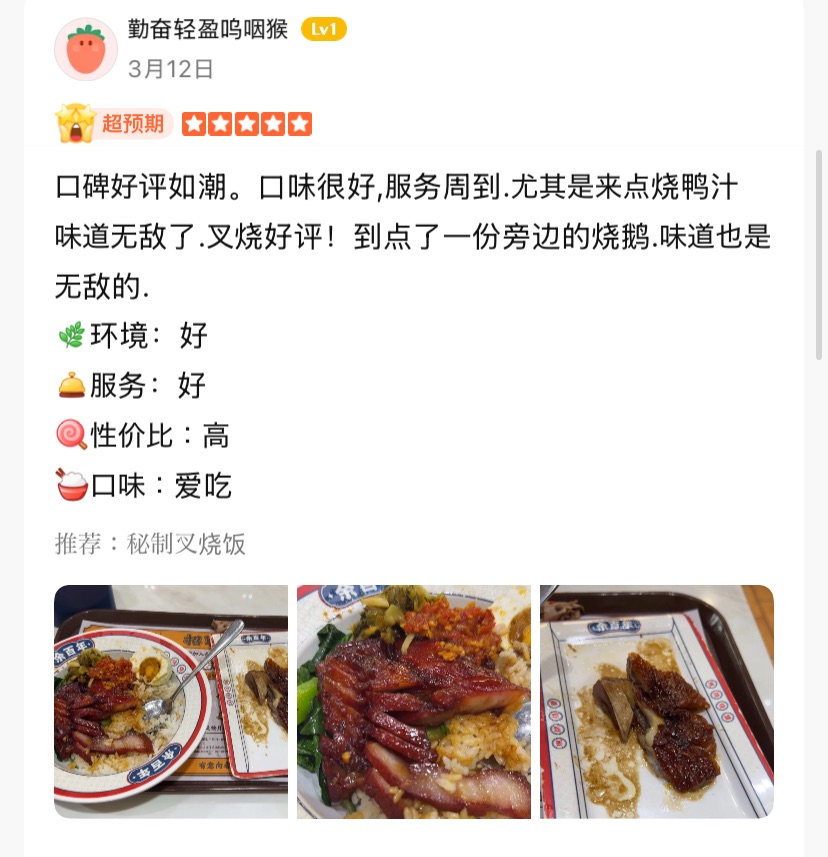
A Chinese netizen’s review of this restaurant.
The general idea is:
The place has amazing reviews — great food and nice service. Their cured duck is especially delicious, and the roast goose we tried was also really good. People also love the vibe, service, and reasonable prices.
Of course, there are also negative reviews that can serve as a reference. Among the 300+ reviews for this restaurant, 9 are negative. We have randomly selected one to see what the customer had to say.
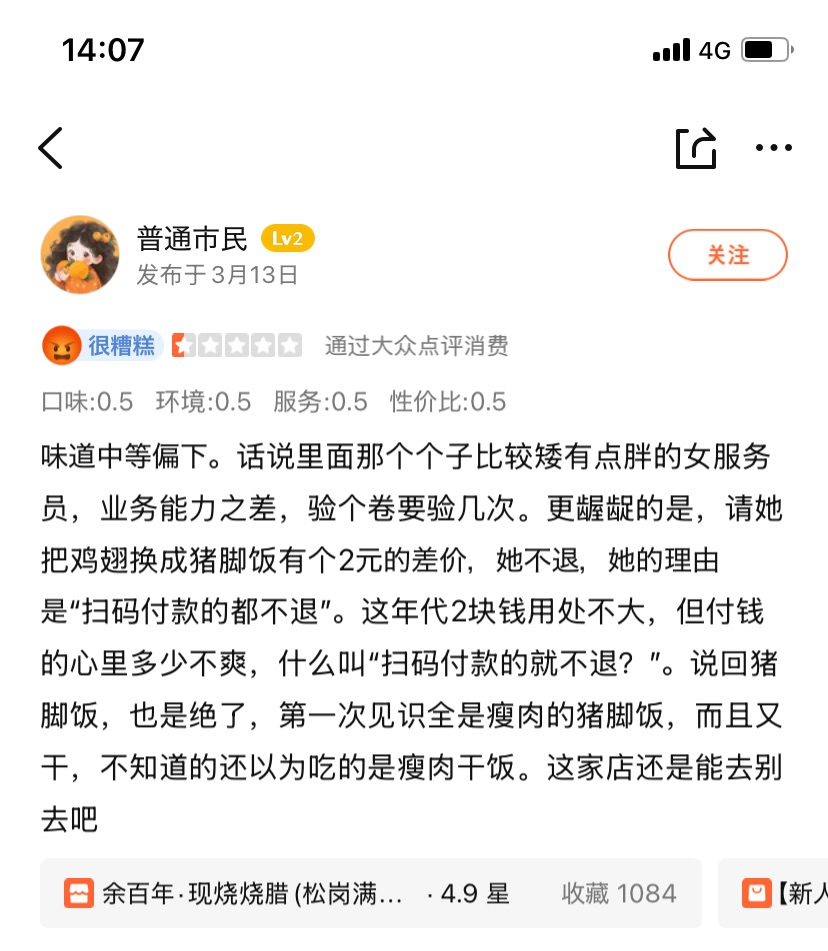
Let’s take a look at what it says.
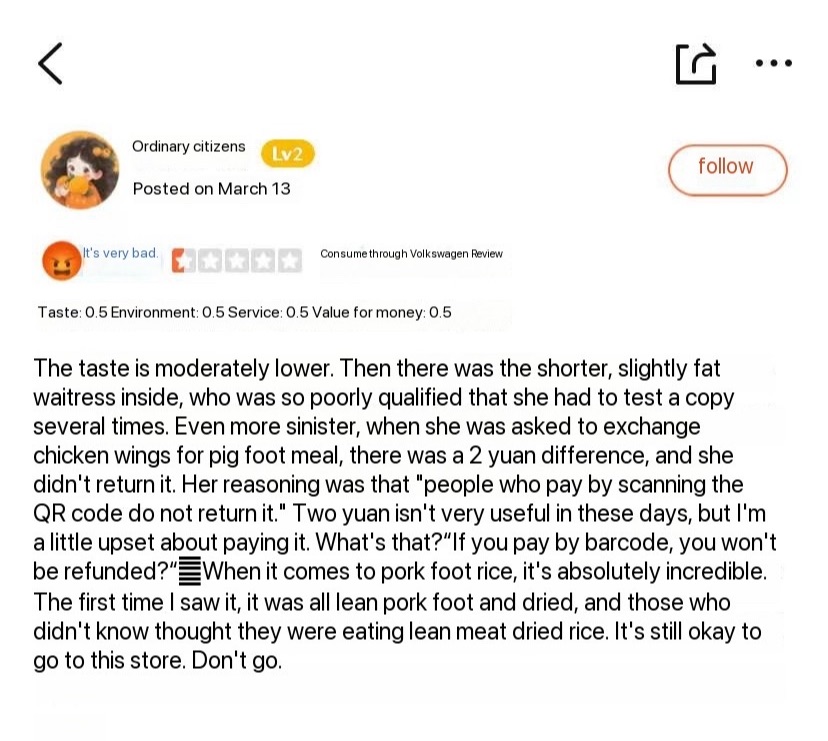
The customer voiced dissatisfaction with the service while making no remarks about the cured duck itself.
Overall, this restaurant is certainly worth a try. Although there are nine negative reviews among several hundred, these criticisms primarily concern the service rather than the quality of the food.
Given that there is no formal consumer protection system in China and that service personnel typically work long hours, the occasional service issue among hundreds of transactions is understandable.
For reference, the data on long working hours in China’s service industry is available in Chinese. Please use your browser to translate it into English for further understanding.
《The Harsh Reality That Those in the Food and Beverage Industry Must Face》
Where is this store located?
深圳市宝安区松江路6号满京华满纷汇南区1号(蒙自源旁)
No. 1, South District, Manjinghua Manfenhui, 6 Songjiang Road, Bao’an District, Shenzhen (Next to Mengziyuan).
By the way, this restaurant is reasonably priced. In the main dining area, you can enjoy a satisfying meal for between 100 and 200 RMB according to the menu.
need help?
Of course, traveling overseas alone is never smooth sailing, and you’ll likely encounter various difficulties. However, if you’d like to visit Shenzhen and sample the authentic, beloved local dishes, please feel free to contact me.
syusangma@gmail.com

